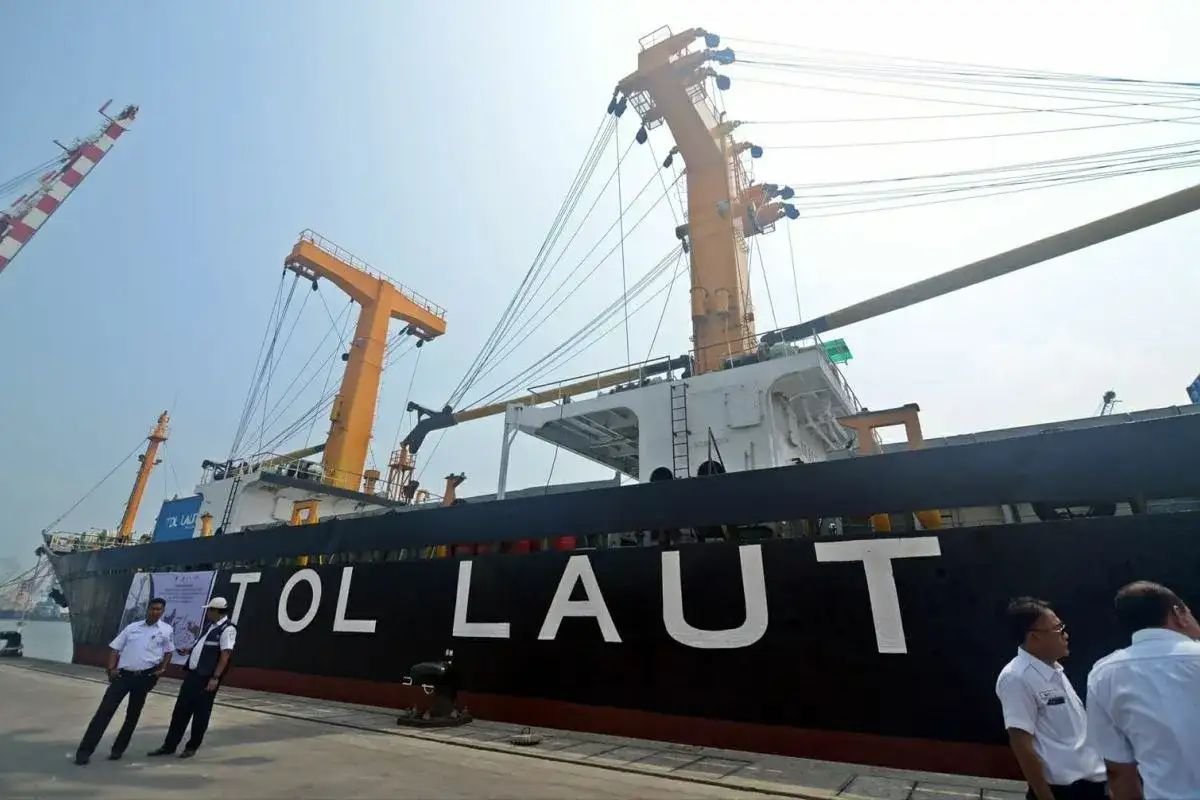
Introduction
Indonesia, the world’s largest archipelago, faces unique challenges in transportation and logistics. With more than 17,000 islands, ensuring equitable access to goods and services across the country has long been difficult. To address this, the Indonesian government launched the Sea Toll Program (Tol Laut) in 2015. The initiative aims to strengthen maritime connectivity, reduce logistics costs, and ensure that goods are distributed more evenly, especially to remote and underdeveloped regions.
The Evolution of the Sea Toll Program
- Initial Launch (2015): The program started with a small number of vessels and limited routes connecting Java to eastern and remote provinces.
- Expansion: Over the years, routes and vessels increased significantly, covering dozens of ports nationwide.
- Today’s Scale: The Sea Toll now serves key ports across Indonesia with scheduled shipping routes, supported by government subsidies to ensure affordability.
Positive Impacts of the Sea Toll Program
1. Lowering Prices of Essential Goods
One of the key goals of the Sea Toll is to address price disparities between Java and outer islands. By ensuring regular and affordable shipping, the program has helped lower the cost of basic goods such as rice, sugar, cement, and fuel in eastern Indonesia.
2. Improved Port Connectivity
Ports included in the Sea Toll network benefit from more frequent ship calls and better integration with national logistics systems. This improves reliability for businesses and strengthens supply chains in regions previously underserved.
3. Economic Growth in Remote Regions
Improved maritime logistics create opportunities for local producers to distribute goods more widely. Farmers, fishermen, and small businesses in remote areas now have better access to larger markets, stimulating regional development.
4. Enhanced National Unity
Beyond economics, the program has social and political benefits. By bridging logistical gaps, the Sea Toll fosters stronger integration across Indonesia’s islands and reduces inequality in access to goods.
Challenges Facing the Sea Toll Program
While the Sea Toll has made significant progress, challenges remain:
- Limited Infrastructure: Many smaller ports still lack modern facilities, leading to slow handling times.
- High Operational Costs: Shipping to remote areas remains costly due to low return cargo volumes and long sailing routes.
- Underutilization: Some vessels sail with low load factors because of limited demand, making the system less efficient.
- Coordination Issues: Integrating sea transport with land-based logistics remains a work in progress, particularly in last-mile delivery.
FCL and LCL in the Context of the Sea Toll
For businesses importing or distributing goods via the Sea Toll, choosing between FCL (Full Container Load) and LCL (Less than Container Load) remains important:
- FCL offers security, faster handling, and lower per-unit cost for larger shipments.
- LCL provides flexibility and affordability for smaller loads but requires consolidation and deconsolidation, which can add delays.
Combining Sea Toll routes with these container options allows shippers to balance cost and efficiency.
Implications for Businesses
- Access to New Markets: The Sea Toll enables companies to reach customers in regions that were previously difficult or expensive to serve.
- Competitive Advantage: Businesses that leverage Sea Toll routes can offer lower prices and faster delivery to remote areas.
- Partnership Opportunities: Collaboration with local logistics providers and freight forwarders is key to maximizing efficiency.
- Long-Term Growth: As infrastructure improves, the Sea Toll will become even more critical for supply chains across Indonesia.
Conclusion
The Indonesia Sea Toll Program has reshaped the country’s maritime logistics landscape. By reducing price disparities, improving port connectivity, and expanding access to remote markets, it represents a major step toward economic equality and national integration.
For businesses—especially those involved in international trade with Indonesia—the Sea Toll provides new opportunities to reach underserved areas with more predictable logistics solutions. While challenges such as infrastructure limitations and high operating costs remain, the long-term benefits for both the economy and society are undeniable.
As the program continues to evolve, companies that adapt early and align their logistics strategies with the Sea Toll will be well-positioned to thrive in Indonesia’s dynamic and expanding market.


Thank you for reading!
Have questions, corrections, or better ideas? We’d love to hear from you!
We value every piece of feedback and promise to reply within 24 hours. Let's make this guide better together!
Note: Spam comments will not be published.